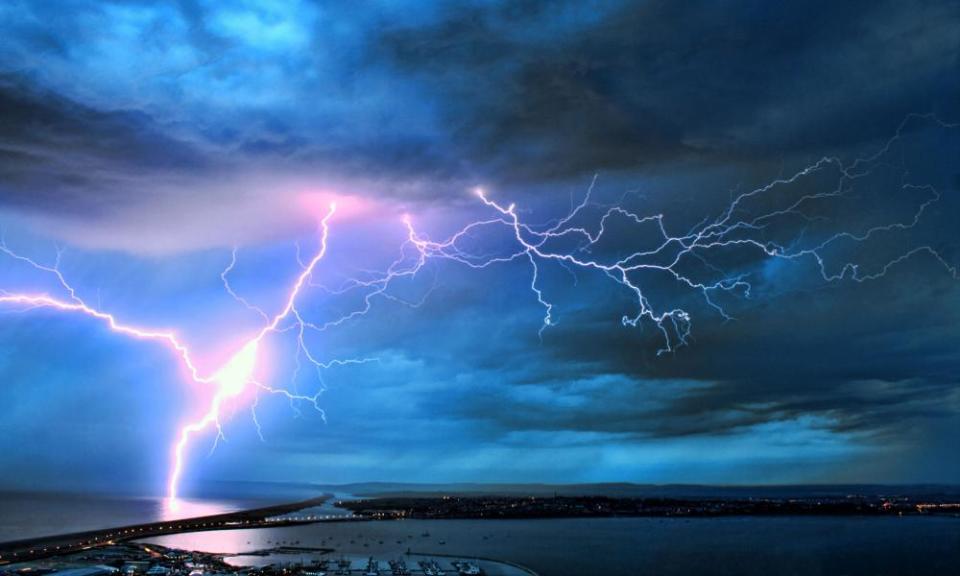How seasonal lightning varies around the UK

In the UK we associate lightning with convective thunderstorms after a spell of hot weather, so we expect to see most activity at the height of summer. A study from the University of Portsmouth confirms this broad picture but also reveals distinct regional variations.
The team combined data gathered by the Met Office’s ATDnet, France’s Météorage and the German LINET over 12 years. These detect the radio waves emitted by lightning from hundreds of kilometres away and triangulate its location.
Seasonal lightning distribution varies across different regions. The study found inland parts of south-east England experience more lightning from April to August, whereas in southern England’s coastal regions the highest density occurs from May to July. The study also found that in Scotland, in addition to the summer thunderstorm season, north-west-facing coastlines have an extra peak in activity in the winter.
The most common time of day for a thunderstorm also varies with region, with the inland south of England having a peak in the afternoon while the southern coast witnesses most lightning overnight or in the early morning. The inland areas also have more lightning overall, typically about three times as many flashes for each square kilometre.
The researchers hope this work will help understand the timing of flash flooding associated with thunderstorms.

 Yahoo Movies
Yahoo Movies 